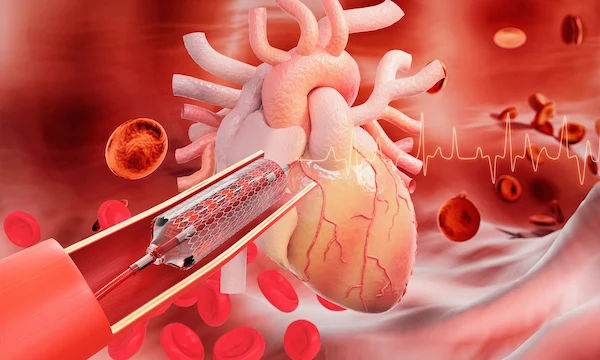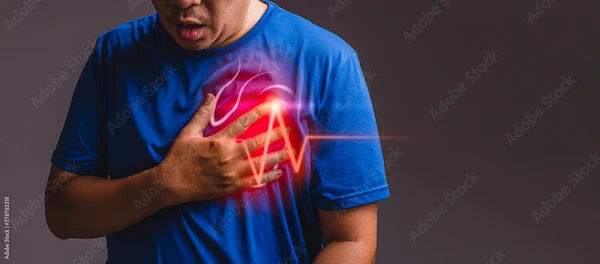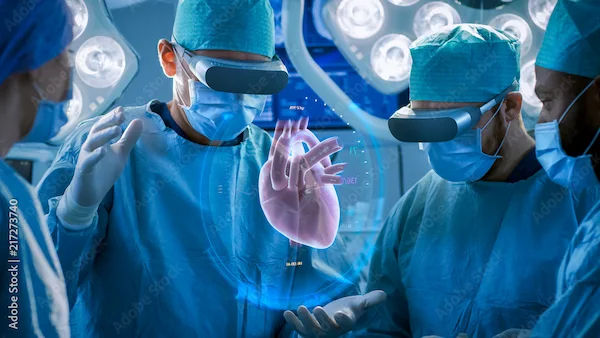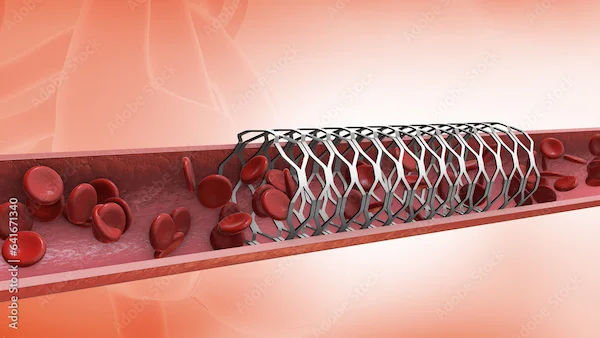First Aid Steps for Cardiac Arrest
Learn the crucial first aid steps for cardiac arrest, including recognizing symptoms and performing CPR. Your quick action can save a life.

Written by Dr. Vasanthasree Nair
Reviewed by Dr. Rohinipriyanka Pondugula MBBS
Last updated on 12th Aug, 2025

Cardiac arrest is a sudden and lifethreatening condition where the heart stops beating unexpectedly. Without immediate action, it can lead to death within minutes. Knowing the right first aid steps can make the difference between life and death. This guide will help you understand what to do if someone experiences cardiac arrest, ensuring you can act quickly and confidently.
What is Cardiac Arrest?
Cardiac arrest occurs when the heart suddenly stops pumping blood, cutting off oxygen supply to the brain and other vital organs. Unlike a heart attack (where blood flow to the heart is blocked), cardiac arrest is an electrical malfunction that stops the heart from beating properly.
Signs of Cardiac Arrest
Sudden collapse
No pulse or heartbeat
No breathing or gasping for air
Unconsciousness
No response to shaking or shouting
If you notice these signs, act immediately—every second counts!
First Aid Steps for Cardiac Arrest
First aid steps for cardiac arrest are:
1. Call for Emergency Help
Shout for help and ask someone nearby to call emergency medical services (EMS) immediately.
If you’re alone, call EMS first (Dial 108 in India or your local emergency number) before starting CPR.
2. Start CPR (Cardiopulmonary Resuscitation)
CPR helps maintain blood flow to the brain and heart until professional help arrives.
How to Perform CPR?
Check responsiveness – Tap the person’s shoulder and shout, “Are you okay?”
Place the person on their back on a firm surface.
Position your hands – Place the heel of one hand in the center of the chest (between the nipples). Place the other hand on top and interlock fingers.
Start chest compressions – Push hard and fast (at least 2 inches deep and 100120 compressions per minute). Let the chest rise fully between compressions.
Give rescue breaths (if trained) – After 30 compressions, tilt the head back, lift the chin, and give 2 rescue breaths (1 second each).
Continue CPR – Alternate between 30 compressions and 2 breaths until help arrives or the person starts breathing.
3. Use an AED (Automated External Defibrillator) if Available
An AED is a portable device that delivers an electric shock to restart the heart.
How to Use an AED:
Turn on the AED and follow voice instructions.
Attach pads to the person’s bare chest (one on the upper right side, the other on the lower left).
Let the AED analyze the heart rhythm.
If a shock is advised, ensure no one is touching the person and press the shock button.
Resume CPR immediately after the shock.
Consult Top General Physician For Personalised Tips
What NOT to Do During Cardiac Arrest?
Do not delay CPR – Waiting for professional help reduces survival chances.
Do not stop CPR unless the person starts breathing or help arrives.
Do not slap or shake the person aggressively—it won’t help.
Preventing Cardiac Arrest
While cardiac arrest can happen suddenly, some lifestyle changes can reduce risks:
Eat a heart healthy diet (low in salt, sugar, and saturated fats).
Exercise regularly (30 minutes daily).
Avoid smoking and excessive alcohol.
Manage stress through meditation or yoga.
Get regular health checkups, especially if you have heart disease risk factors (high blood pressure, diabetes, or family history).
When to Seek Medical Help?
If someone survives cardiac arrest, they need immediate medical care. Even if they regain consciousness, call an ambulance for further evaluation.
Book a Heart Health CheckUp on Apollo 24|7
If you or a loved one has risk factors for heart disease, regular check ups can help prevent emergencies. You can easily book a consultation or diagnostic test through Apollo 24|7 for expert cardiac care.
Final Thoughts
Cardiac arrest is a medical emergency, but quick action can save lives. By learning CPR and how to use an AED, you can be a lifesaver in critical moments. Share this knowledge with family and friends—awareness can make all the difference!
Consult Top General Physician
Consult Top General Physician For Personalised Tips

Dr. Mohamed Azeem
General Physician/ Internal Medicine Specialist
2 Years • MBBS,MD(Internal Medicine) CCEBDM
Karaikudi
Apollo Hospitals Karaikudi, Karaikudi

Dr. Ashita Kuruvilla
General Practitioner
6 Years • MBBS
Kolkata
KVC CLINIC, Kolkata

Dr Aakash Andgi
General Physician/ Internal Medicine Specialist
9 Years • MBBS MD
Bengaluru
Apollo Clinic, JP nagar, Bengaluru
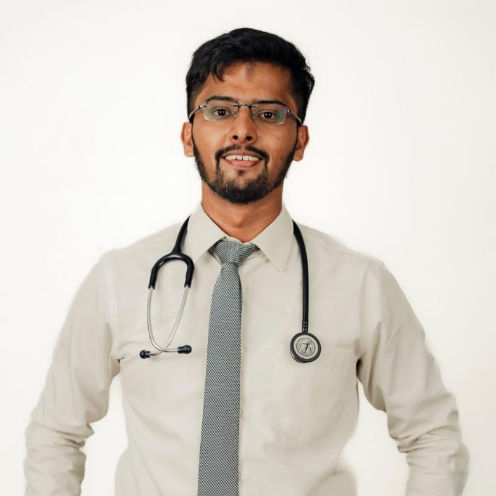
Dr Syed Mateen Pasha
General Physician
2 Years • MBBS
Bengaluru
PRESTIGE SHANTHINIKETAN - SOCIETY CLINIC, Bengaluru
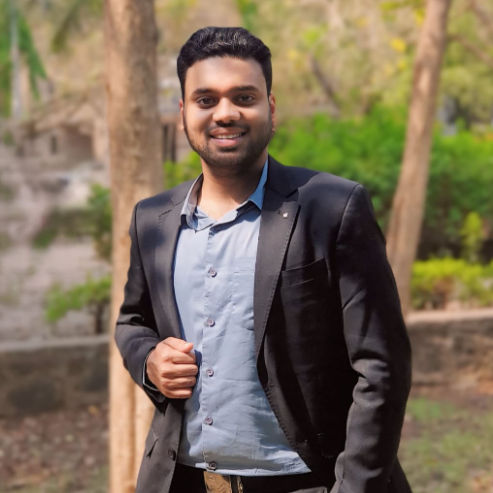
Dr. Anand Ravi
General Physician
2 Years • MBBS
Bengaluru
PRESTIGE SHANTHINIKETAN - SOCIETY CLINIC, Bengaluru
Consult Top General Physician

Dr. Mohamed Azeem
General Physician/ Internal Medicine Specialist
2 Years • MBBS,MD(Internal Medicine) CCEBDM
Karaikudi
Apollo Hospitals Karaikudi, Karaikudi

Dr. Ashita Kuruvilla
General Practitioner
6 Years • MBBS
Kolkata
KVC CLINIC, Kolkata

Dr Aakash Andgi
General Physician/ Internal Medicine Specialist
9 Years • MBBS MD
Bengaluru
Apollo Clinic, JP nagar, Bengaluru

Dr Syed Mateen Pasha
General Physician
2 Years • MBBS
Bengaluru
PRESTIGE SHANTHINIKETAN - SOCIETY CLINIC, Bengaluru

Dr. Anand Ravi
General Physician
2 Years • MBBS
Bengaluru
PRESTIGE SHANTHINIKETAN - SOCIETY CLINIC, Bengaluru

